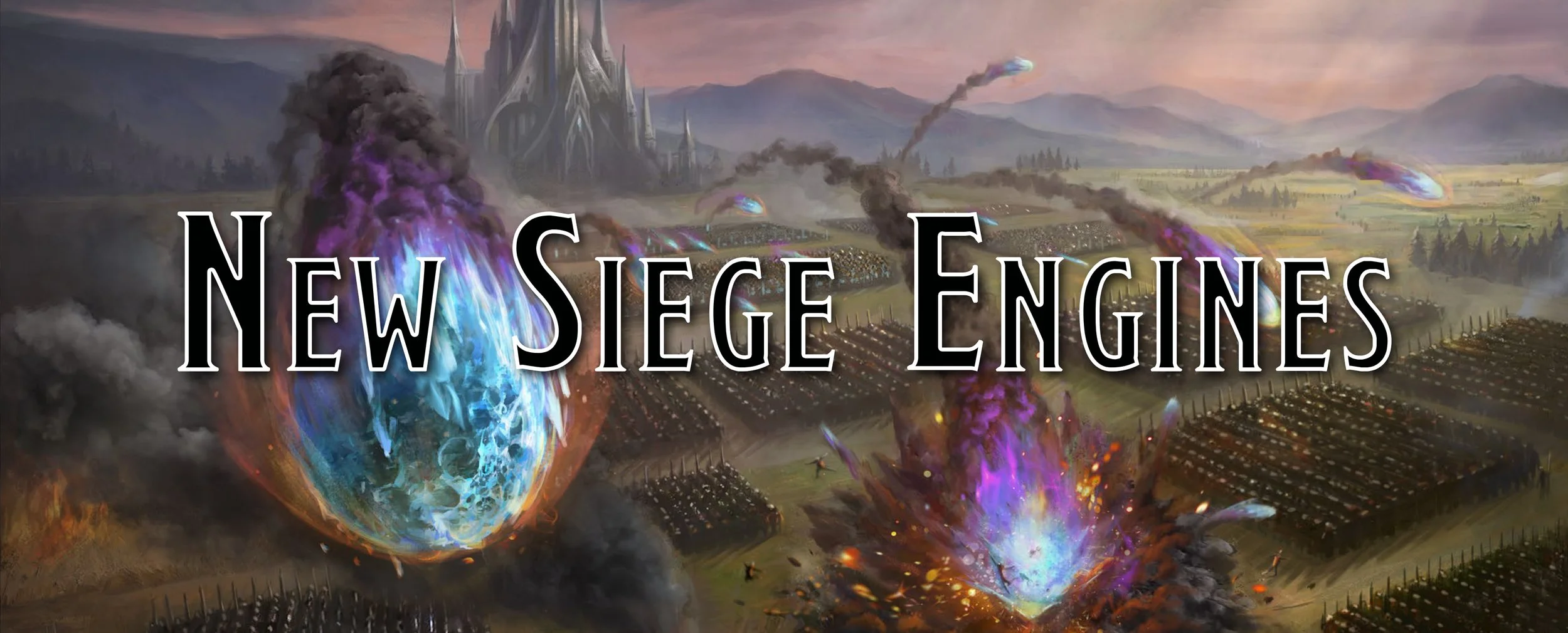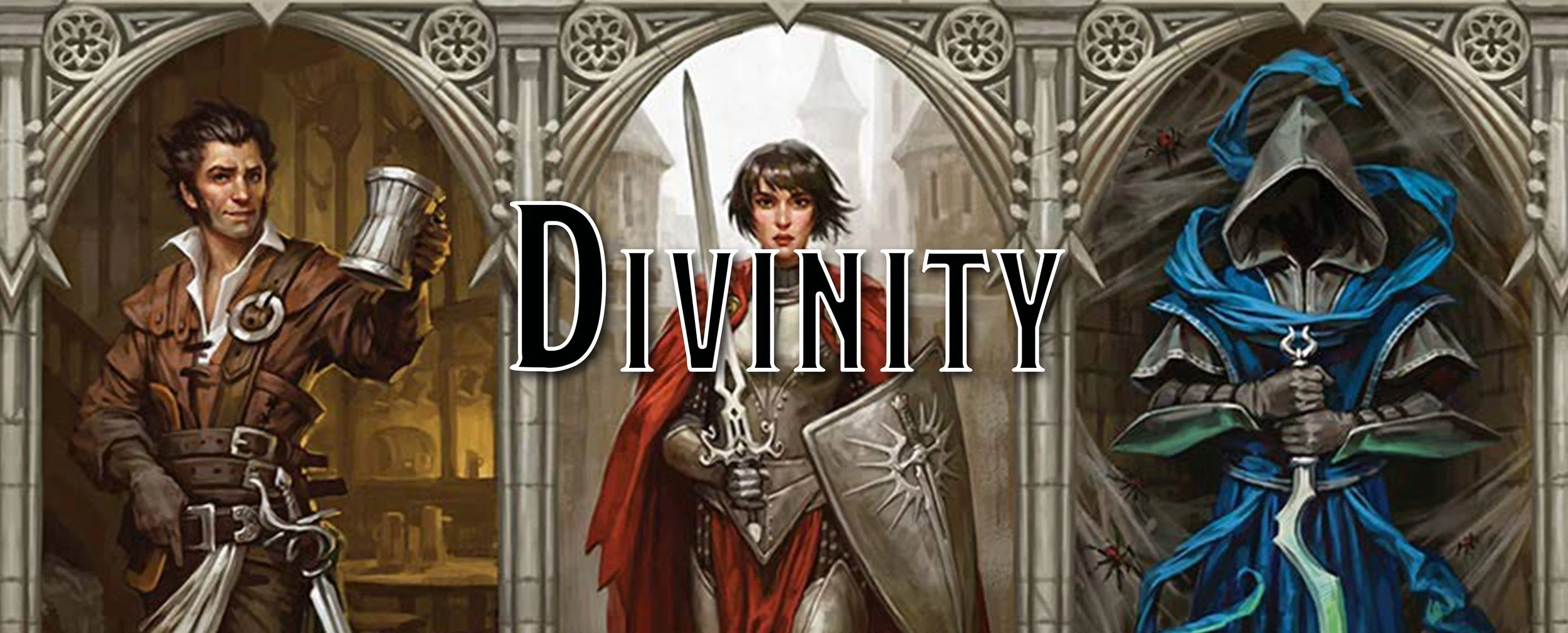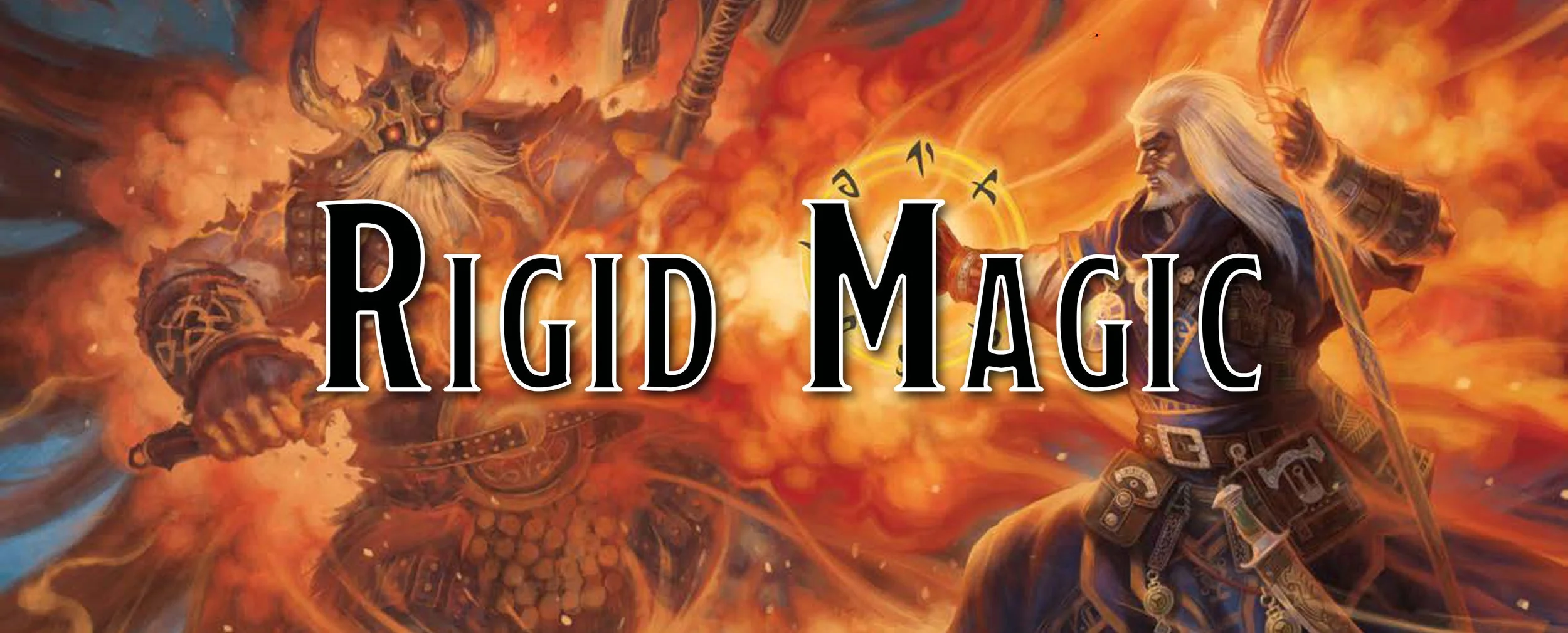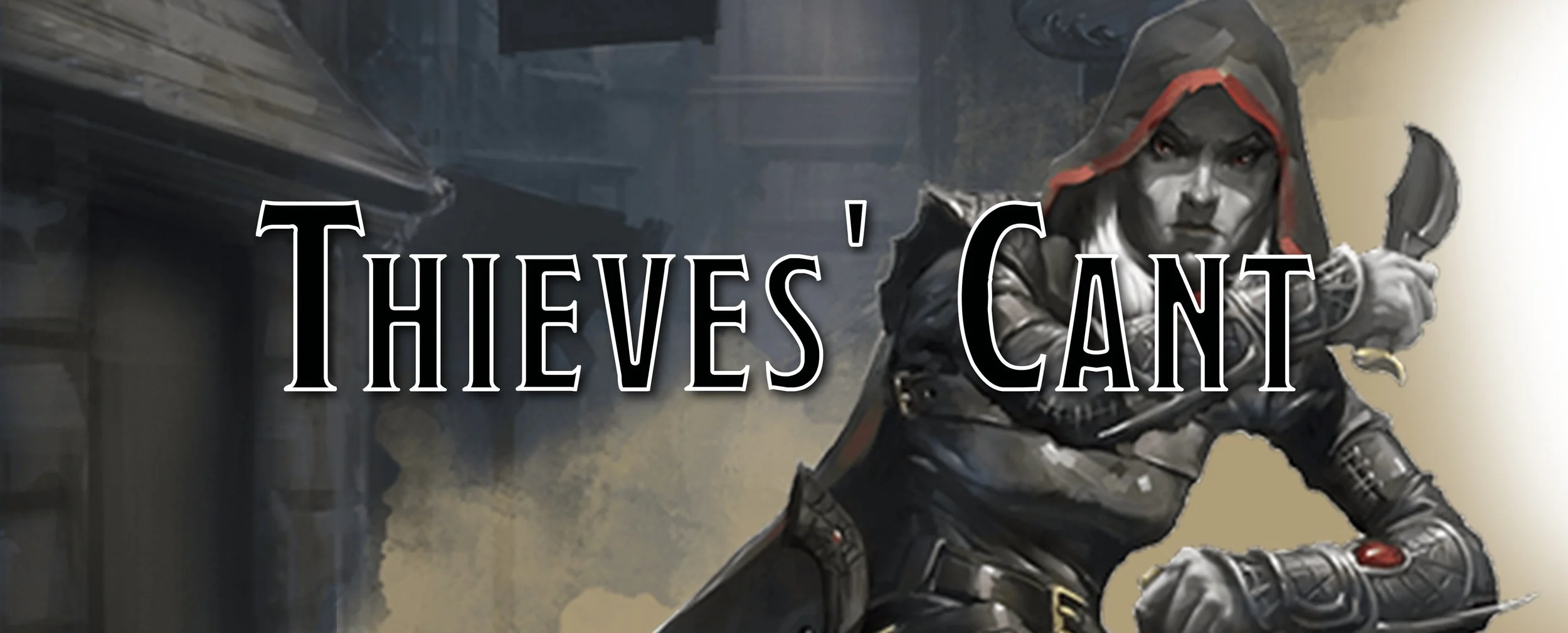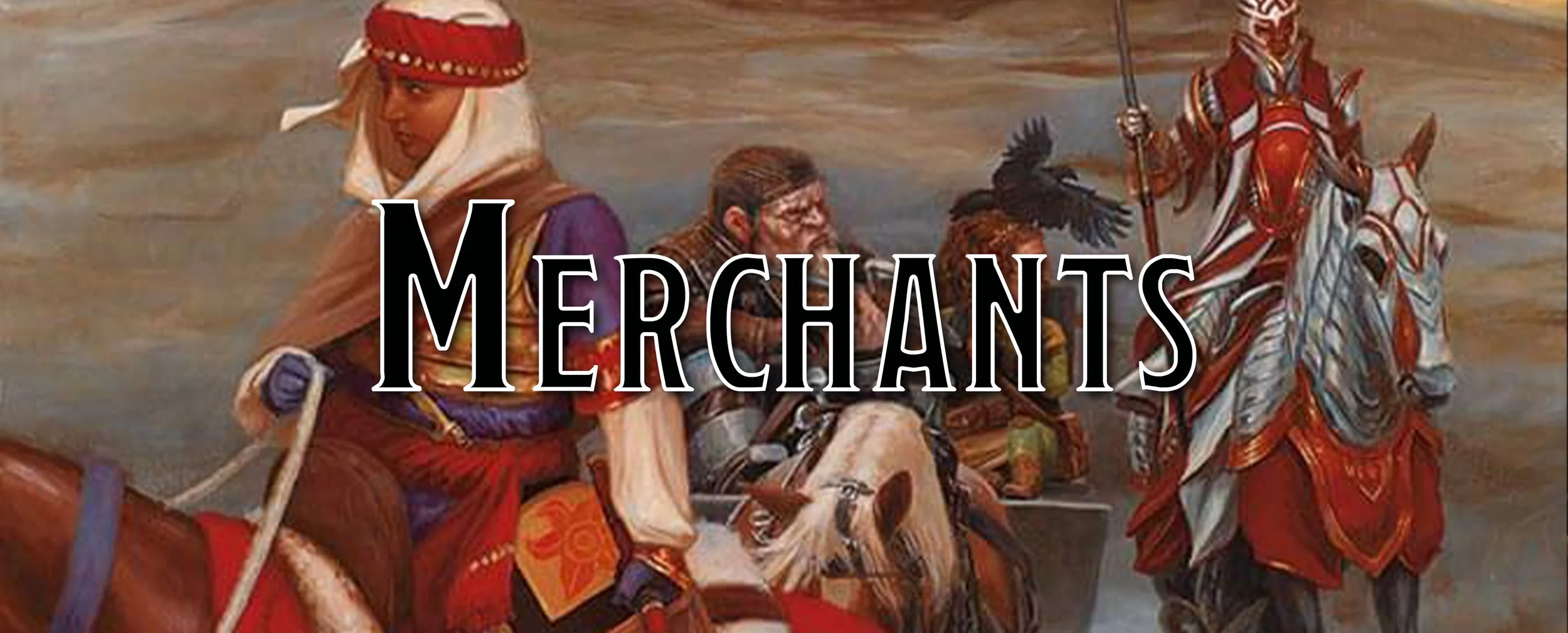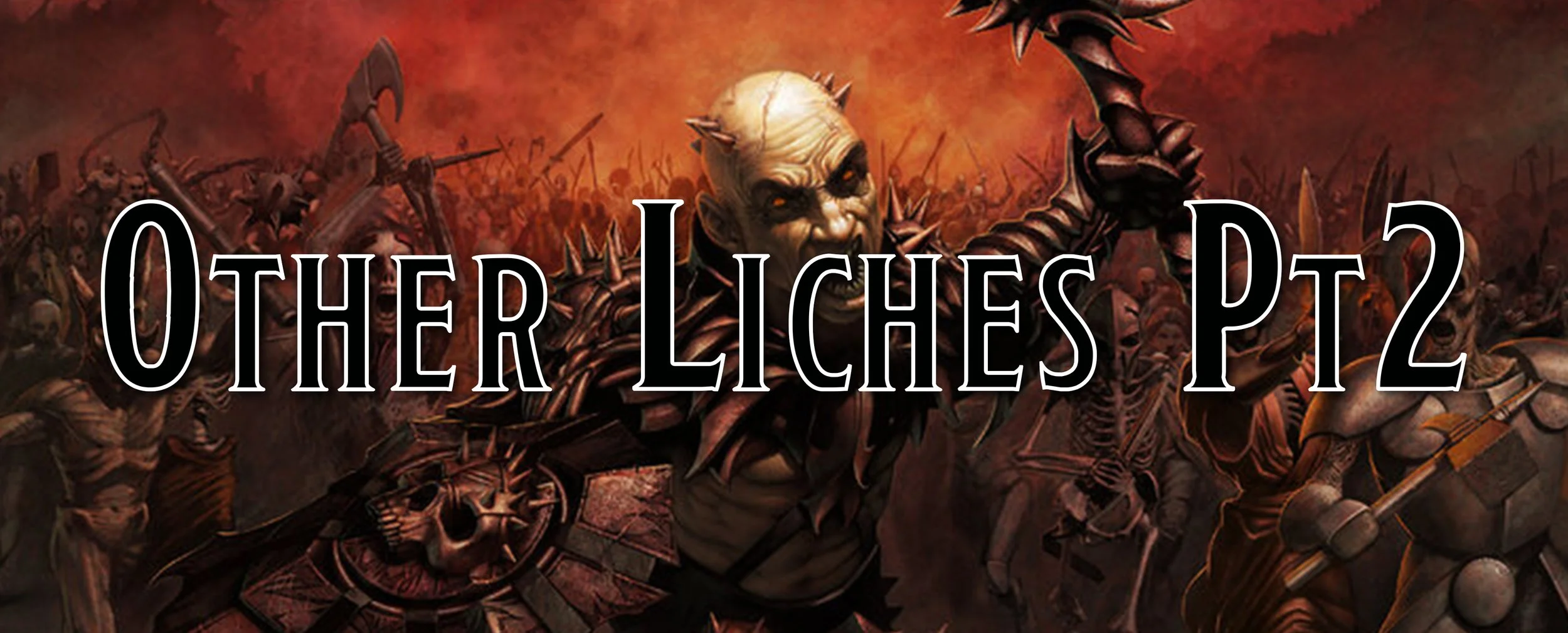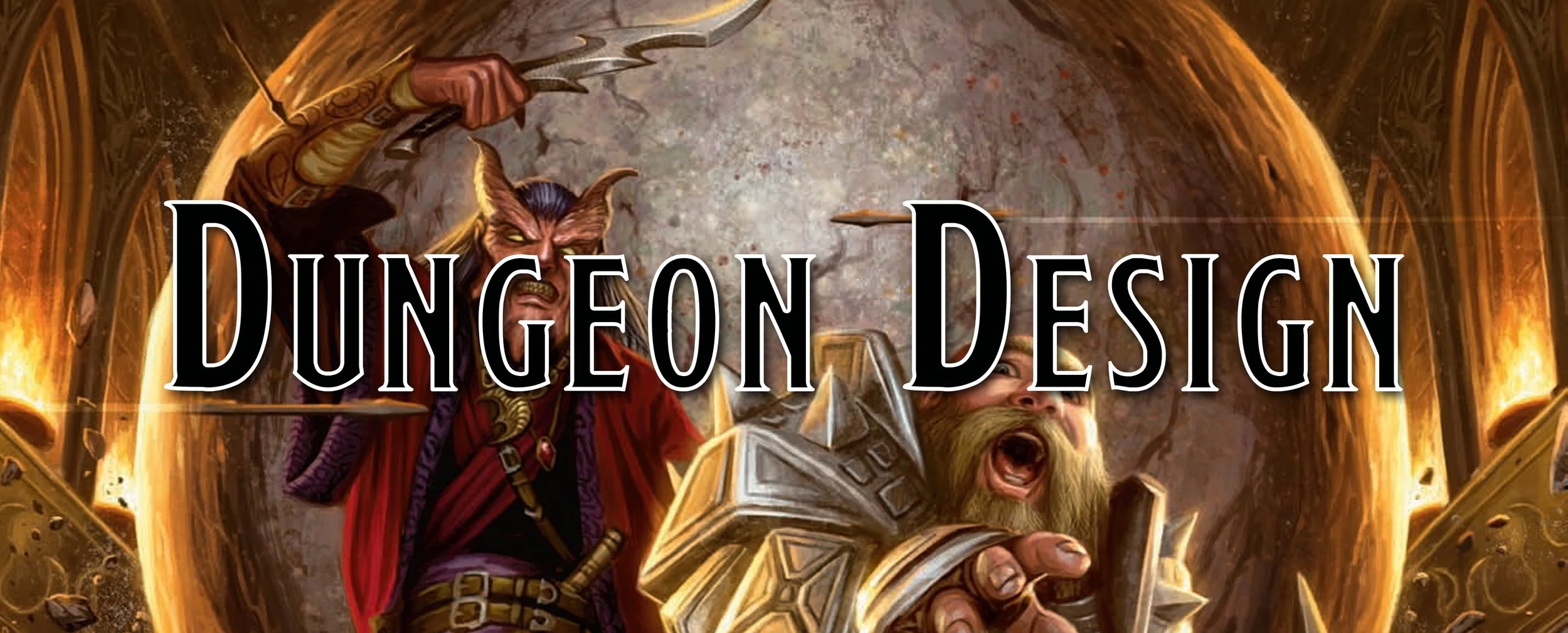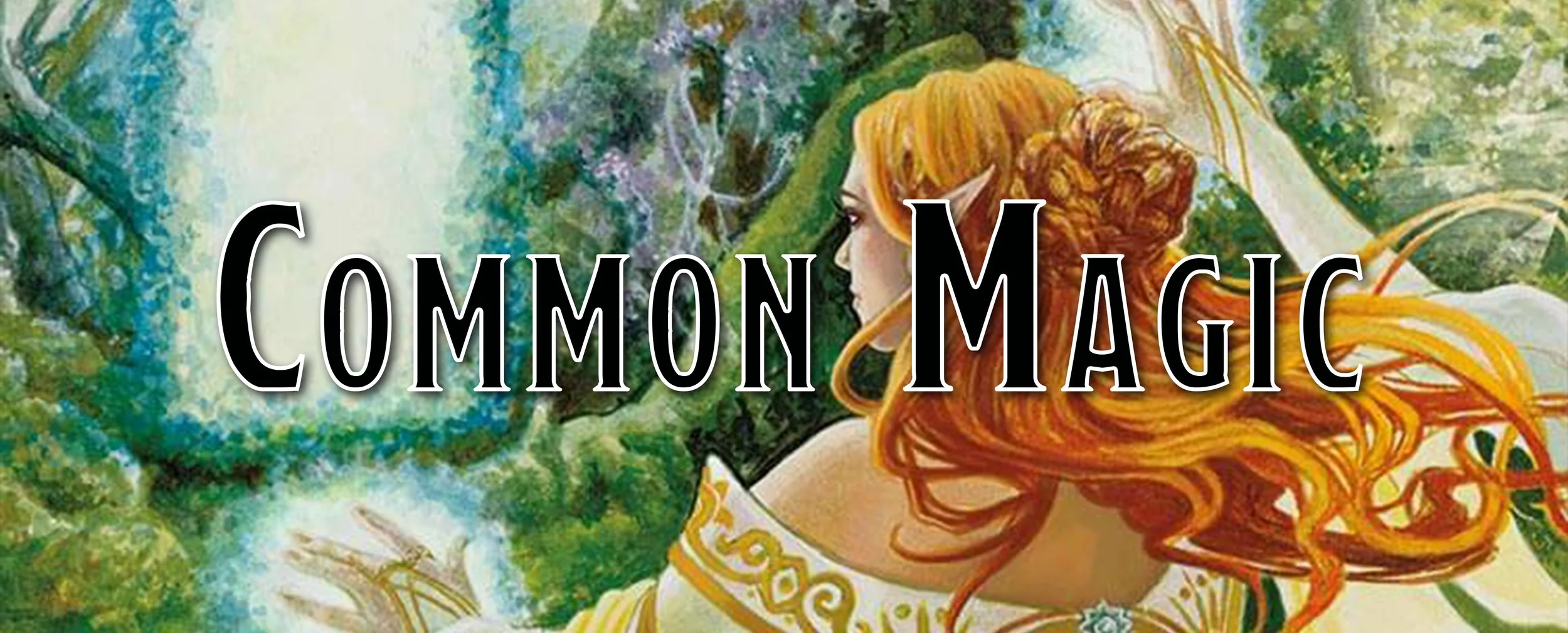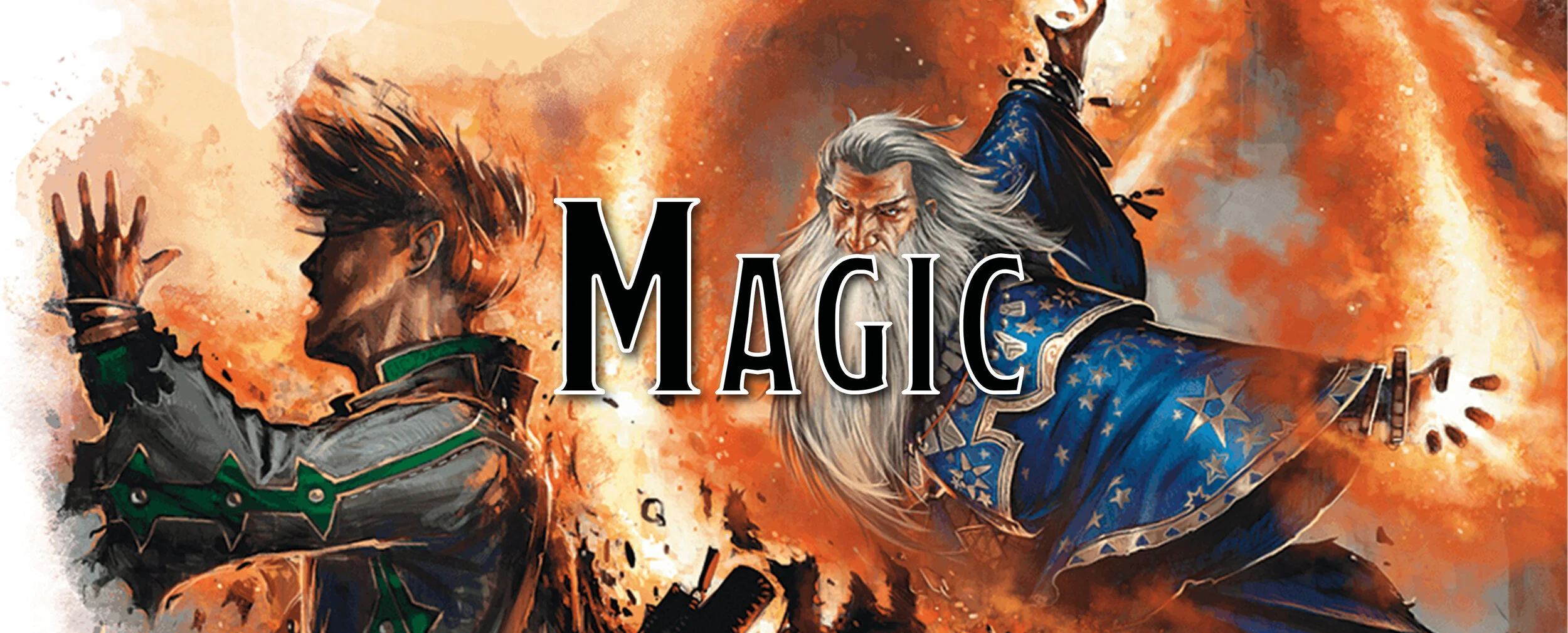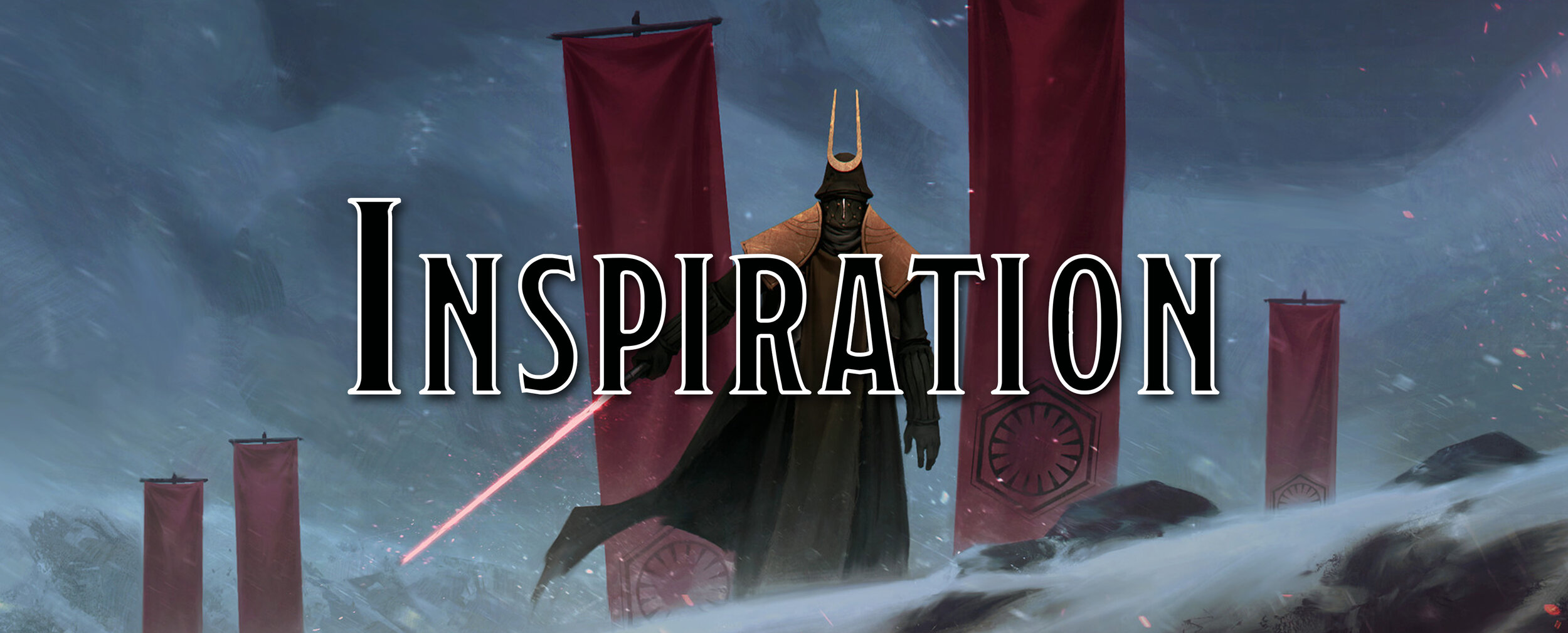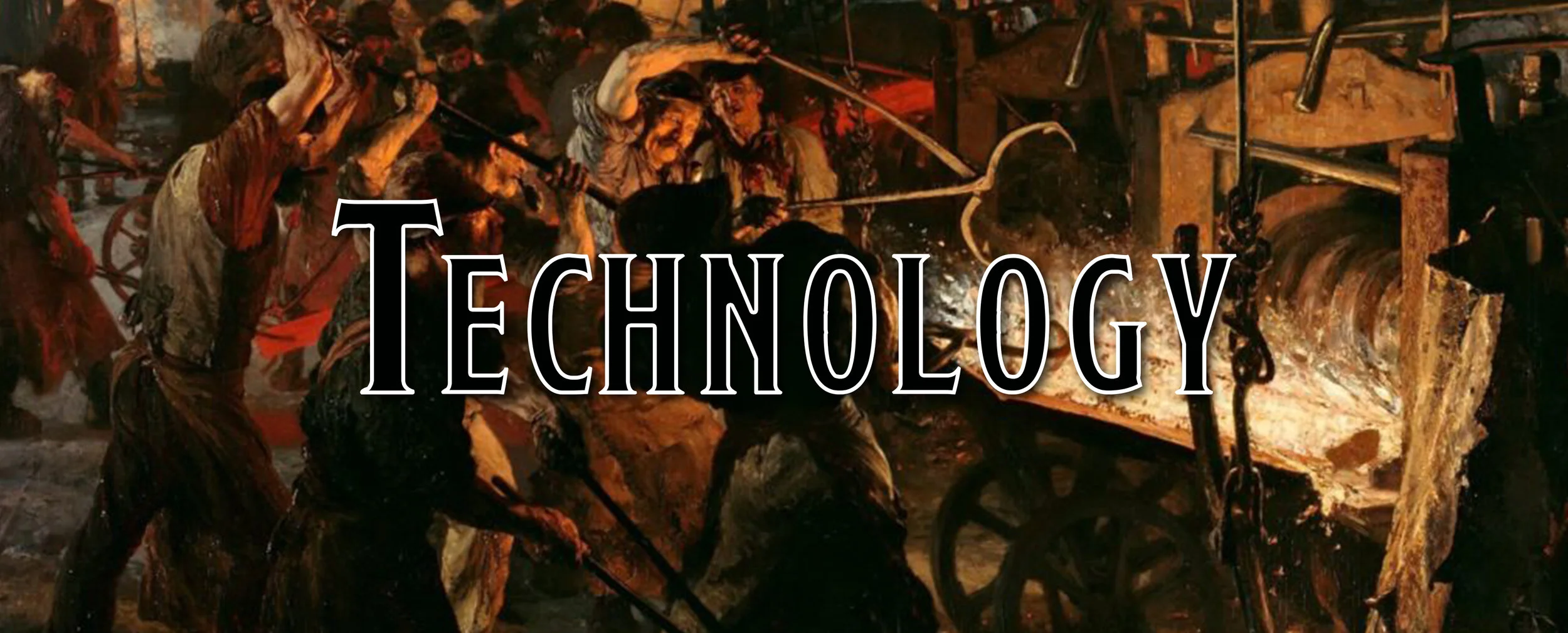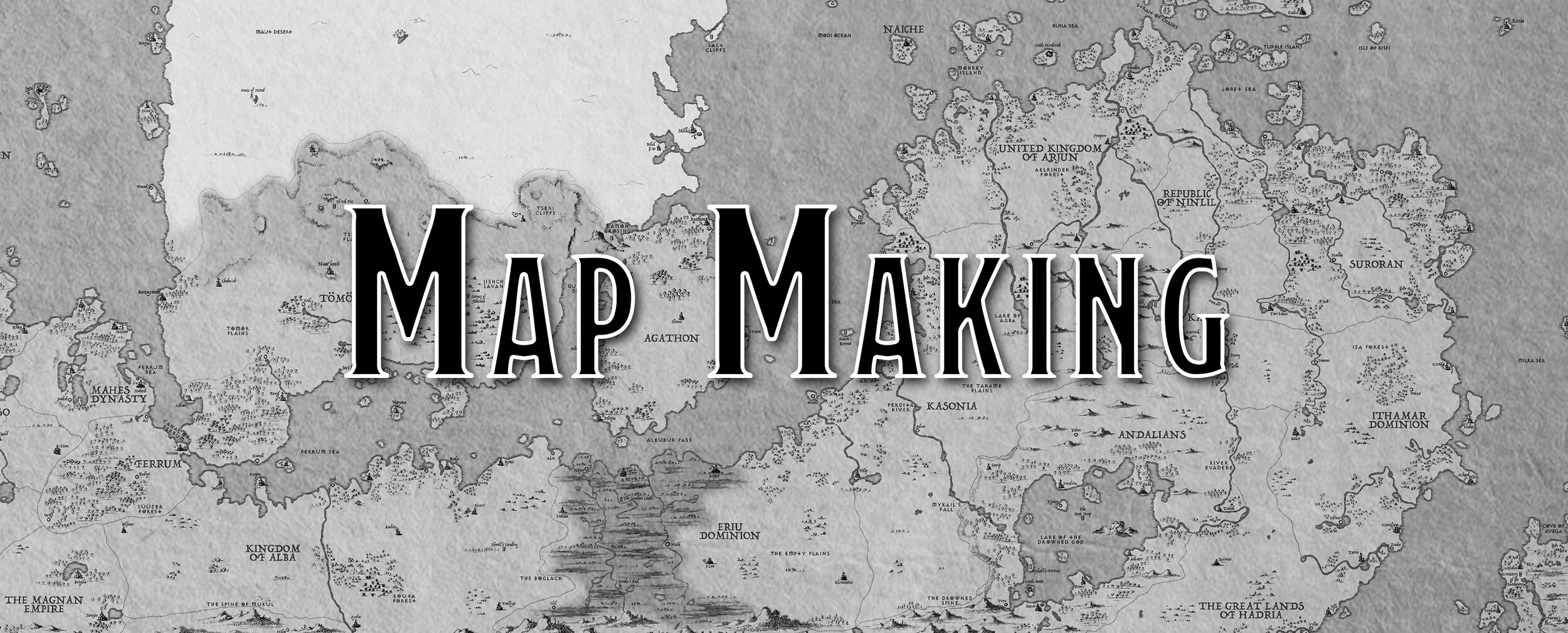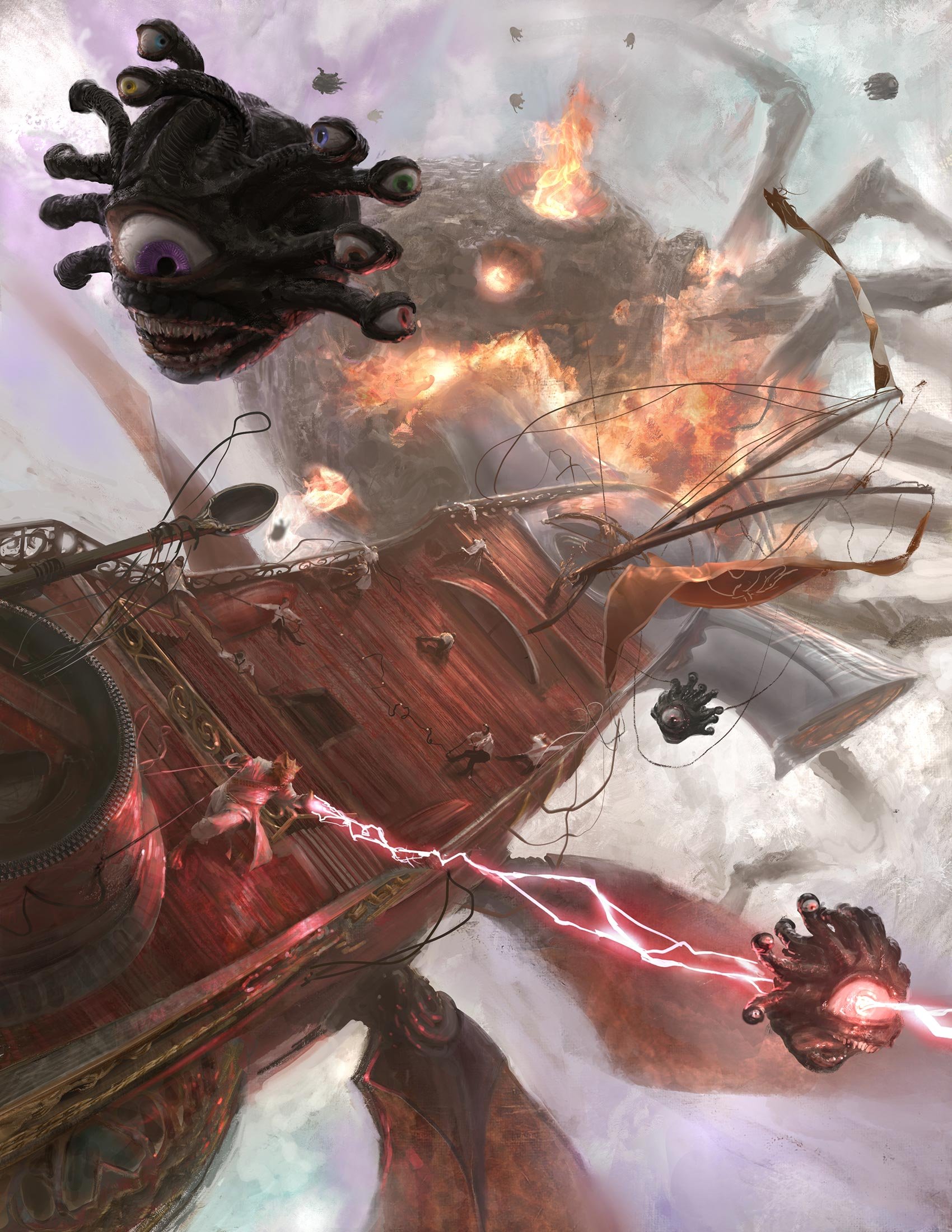Creating a Wildspace System - Homebrew
Header Art: Spelljammer: Adventures in Space, 2022 by Wizards of the Coast
With the latest release of Spelljammer: Adventures in Space (2022) a lot of people are excited to start spelljamming through the Astral Sea and Wildspace… but the sourcebook only presents two Wildspace systems with no information on creating your own. As a lover of all things weird, Spelljammer, and Planescape - I can’t let that stand. Below are my rules for creating a Wildspace system, and then I provide my own Wildspace system I created from these rules, Taliaspace, that you are free to steal for your own tables.
For best results in GM Binder, we recommend using Chrome
Creating a Wildspace System
Spelljammer: Adventures in Space, 2022 Wizards of the Coast
Throughout the silvery Astral Sea are points of light. These points of light are Wildspace systems just waiting to be discovered, but before they can be explored, they must first be created. Using the rules provided here, you can create vast amounts of systems for your party to explore.
Following the Steps
To create a custom Wildspace system, follow the steps below in Steps to Creation. Following these steps will allow you to create a custom space for your party to fly through and experience. This system is designed to work on a macro level, not a micro level. What this means is that you will create planets, but you won't have specific landmasses or the cities that might be on its surface. That will, ultimately, be up to you and your ideas.
Terminology
There are a few terms here that are defined below. Many of them are just generic descriptors that get more defined as you go through the steps provided.
Planet Any object, be it solid or not, that is large enough for a spelljammer to travel to and land on. This is a blank slate that is adjusted as you complete the steps below.
Planet Type, Air This world is largely made up of the elements of air, though it can have other elements on it. This world is typically called a gas giant.
Planet Type, Earth This world is largely made up of the elements of earth, though it can have other elements on it, like Earth itself. This is highly habitable by most creatures an adventurer would be used to.
Planet Type, Fire This world is largely made up of the elements of fire, though it can have other elements on it. This is a very dangerous world that only creatures immune to fire can safely live on.
Planet Type, Special This world is unique. It could be a living planet, one made of the elements of wood and metal, a sleeping giant, or anything else that would make it special.
Planet Type, Water This world is largely made up of the elements of water, though it can have other elements on it. This typically has a massive ocean that covers the entire world with underwater cities, if it is inhabited.
Planetary Path This is an imaginary band that circles the Primary Center. Often there is a planet along this circle, but it could be an asteroid belt, a portal to another plane, or perhaps some other strange phenomenom.
Primary Center This is the central object that all others in the system spin around. It is typically the largest object in the system, though not always.
Sizes in Space
There are massive objects in Wildspace and it can be overwhelming when dealing with how many thousand miles or kilometers. As a shorthand, planetary objects use the following identifiers.
Size / Planet Size / Comparison to Earth
A / dwarf planet, less than 800 mile (1,300 km) diameter / Quaoar
B / tiny planet, around 1,500 mile (2,400 km) diameter / Pluto
C / small planet, around 3,000 mile (4,800 km) diameter / Mars & Mercury
D / medium planet, around 8,000 mile (12,800 km) diamater / Venus & Earth
E / large planet, around 15,000 mile (24,100 km) diamater / half of Uranus
F / huge planet, around 30,000 mile (48,200 km) diamater / Neptune & Uranus
G / gargantuan planet, around 75,000 mile (120,700 km) diameter / Jupiter & Saturn
H / massive planet, 125,000 mile (201,100 km) diameter / Kepler-7 b
I / behemoth planet, more than 500,000 mile (804,600 km) diameter / the Sun
Designing a System
There are two ways of designing a system based on how quickly you need to create one and how much information you want.
Fast Track. To fast track creating a Wildspace system, only follow Step 1, Step 2, and Step 3. As you need it, you can roll for other Steps as you have time during the session and you can quickly determine Step 4 by rolling all of the dice at once and recording them for later when you can chart the system completely.
Full System. To create a more fleshed-out Wildspace system, follow all of the steps, or as many as you'd like. If you have time while prepping, you can come up with your own ideas for a central theme of a system and forgo rolling for many of the other elements, instead picking what most appeals to you and your theme.
Spelljammer: Adventures in Space, 2022 Wizards of the Coast
Drawing a System
The easiest way of creating and visualizing a Wildspace system is by taking a normal piece of paper, marking the center of the paper with a dot (this is your Primary Center), and then drawing a number of circles around the dot based on Step 2. As you continue through the steps in Creation, you will be adding additional detail to each circle, so make sure to leave plenty of room between each one and to use a pencil in case you decide to change things.
In addition, don't worry about drawing everything to scale, you can recreate the Wildspace system on a fresh sheet of paper once you have completed your first draft.
Steps to Creation
To create your Wildspace system, follow the steps below. You can follow as many or as few steps as you'd like.
Step 1 - Determine the Center
To first create your system, you must determine what is at the center of your system. Roll on the chart below.
d20 / Primary Center
1-10 / A sun, typically Size G or bigger
11-15 / A planet
16-18 / A portal to a plane, roll a d20
/ 1-3 Plane of Air
/ 4-6 Plane of Earth
/ 7-9 Plane of Fire
/ 10-12 Plane of Water
/ 13-14 Elemental Chaos
/ 15-16 Outer Planes
/ 17 Positive Energy Plane
/ 18 Negative Energy Plane
/ 19 Ethereal Plane
/ 20 Far Realm
19 / Nothing
20 / Blackhole
Drawing. Draw a circle, about half an inch (~12 mm) in the center of your sheet and then fill it in. This is your Primary Center. Label the circle based on what you rolled above.
Step 2 - Planetary Paths
To determine the number of planetary paths in your system, roll a d10. If you like the idea of a larger Wildspace system you can add 10 to the result of your d10 roll.
Drawing. Draw a number of circles around the central dot on your paper for each planetary path. Not every path will be a planet and you don't have to worry about how far or close they are to each other. It is best for you to spread out the paths enough that they fill the entire page as we will not need anymore space.
Step 3 - Determine Planets
Now that we have the number of Planetary Paths around our Primary Center, we need to determine what is on each path. Roll on the chart below for each of your Planetary Paths.
d20 / Planet
1-2 / Size A planet
3 / Size B planet
4 / Size C planet
5-6 / Size D planet
7 / Size E planet
8 / Size F planet
9 / Size G planet
10 / Size H planet
11 / Size I planet
12-13 / Asteroid Belt
14-15 / Cluster of Moons (roll 1d4+1 to determine number, all Size A)
16-17 / Gas Field
18 / Micro-Blackhole
19 / Portal to another Plane, roll on the result for 16-18 on Step 1's chart to determine where the portal leads to
20 / Your Choice or Something Weird
If you rolled and got a Planet, roll on the chart below to determine what type.
d20 / Planet Type
1-10 / Earth
11-14 / Water
15-17 / Air
18-19 / Fire
20 / Special
Drawing. Label each circle that you drew with the result from the charts above.
Step 4 - Planetary Distance
To determine how far away each Planetary Path is from the Primary Center, roll a d20 and multiply the result by 10. That is the number of million miles between Primary Center and the first Planetary Path closest to it. Repeat that step, but adding the previous results to your total so that each Planetary Path after that is further and further away.
For especially large systems (that have more than 10 Planetary Paths), you can instead roll a d10 for half of the paths and a d20 for the other half.
Once you have the furthest distance between your last Planetary Path and your Primary Center, roll another d20, multiplying the result by 10, and add it to your total. That is how far one must travel to reach the Astral Sea from your Primary Center.
For example, I rolled a 10 for my first Planetary Path - which means it is 100 million miles from the Primary Center. I then roll the d20 again to determine how far my second Planetary Path is and add that total to my first roll. I rolled a 2, which plus 10, equals 12. My second Planetary Path is 120 million miles from the Primary Center. I will then continue to do this for all of my Planetary Paths. After rolling 10, 2, 3, 8, 14, 20, 3, and 9 on my d20, I have determined that my furthest Planetary Path (my 8th path) is 690 million miles from my Primary Center. I then roll another d20, with a result of 12, and have determined that to reach the Astral Sea from my Primary Center, it will be 810 million miles. Since a spelljammer can travel 100 million miles a day, it will take a spelljammer 8.1 days to travel to the Primary Center from the Astral Sea.
Drawing. In between each line, record the cumulative distance from the Primary Center, as well as the number between each Planetary Path. For example, It is 120 million miles between my second Planetary Path and the Primary Center, but only 20 million miles between my first and second Planetary Path. I will record both numbers in between the circles. This information will be helpful in the future for travel between the two points.
Spelljammer: Adventures in Space, 2022 Wizards of the Coast
Step 5 - System Special Qualities
We now must determine if there is anything special or unique about our new system. You can come up with your own ideas or use the chart below to randomly determine.
d20 / Special Quality
1 / None of the planets move in orbit.
2 / Planets move counter-clockwise in orbit.
3 / Planets randomly move in orbit, but none move at the same time or the same speed.
4 / There are two Primary Centers (create another system that is interwoven with your first).
5 / It takes twice as long to travel away from the Primary Center as it does to travel towards it.
6 / While traveling at spelljamming speeds, the system produces a haunting hymn.
7 / Beasts that came from outside the system with an Intelligence score of 4 or less temporarily increases their Intelligence score to 10 while in the system.
8 / Spells that do a specific element of damage (randomly determined by the system), deal an extra die of damage - often the damage type of a connected elemental plane.
9 / The sun is exceptionally powerful and every planet is treated as if it is under extreme heat.
10 / The sun is exceptionally weak and every planet is treated as if it is under extreme cold.
11 / Every planet in this system has no atmosphere.
12 / A large space war is taking place between multiple planets.
13 / The Primary Center is a two dimensional object (if there is a sun, it is a thin line that gives off light in a distorted direction).
14 / As you travel closer to the Primary Center, the faster time moves outside the system.
15 / The Primary Center is obfuscated by a multi-colored mist, akin to a prismatic wall spell. All who try to enter the mist are lost.
16 / There entire system is seemingly abandoned. In any cities, everything is left behind as if everyone just disappeared. Any trace of magic also disappeared.
17 / The technology in this system is thousands of years ahead of anyone else, though they refuse to share it with anyone.
18 / Magic is banned in this system by a deity, even spelljammers only have a 25% chance of working each day.
19 / Flumphs are the ruling class of this system.
20 / There are no planets here, only the Primary Center, debris, and small asteroids.
Drawing. Add in any special qualities to your system.
Step 6 - Planetary Path Special Qualities
We now check to see if any of our planets has any special qualities. Not every planet needs something special, and these special effects aren't only for planets but also asteroid belts, blackholes, and more. Some special qualities are mundane, like having only a moon, while other effects can be even more magical.
d20 / Special Quality
1 / The planet has a ring of asteroids around it.
2 / The planet is shaped oblong.
3 / The planet is flat.
4 / The planet has permanently foul air.
5 / The planet has 1d4+1 moons.
6 / The planet does not orbit the Primary Center. It either doesn't move at all or orbits another Planetary Path.
7 / The planet is made up of two major elements, roll again for another Planet Type.
8 / The planet does not rotate, so it is always day on one half of the planet and always night on the other half.
9 / The planet's atmosphere is especially flammable. All fire spells deal an extra die of damage and if a creature scores a critical hit with a melee or ranged weapon, they deal an extra die of their weapons damage as fire damage.
10 / The link between this planet and the afterlife is broken. Anyone that dies here is permanently stuck here as a ghost or other undead.
11 / The planet has never heard of Wildspace or spelljammers before.
12 / The planet has no gravity.
13 / The planet's gravity is 1d4 times as strong as normal.
14 / Every day that a creature is on this planet, they must make a DC 12 Constitution saving throw or take 1 level of exhaustion. This exhaustion can not be reduced by taking a long rest. A creature that dies from this exhaustion does not die, but rather mutates in a strange way and removes all levels of exhaustion. They are now immune to the effects of this planet.
15 / It only rains blood here.
16 / The planet is hollow and there is a world inside of it.
17 / The planet suddenly went missing.
18 / The planet's moon(s) sometimes just disappear, but they return in a few weeks or months.
19 / The planet's seasons last for years or decades.
20 / Backwards speak here civilizations the all.
Drawing. Add in any special qualities to your planets.
Step 7 - Location of Each Planet
If you would like to determine where each planet exists in your system in relation to the others, you can roll for their placement around the Primary Center. Pick which side of the paper you wish to be the 'top' and imagine a clock's face on the paper with '12' in the 'top' location. For each Planetary Path, roll a d12 and assign the planet to that coordinate on the paper. Certain objects, like an asteroid field, might take up their entire Planetary Path per the GM's discretion.
Drawing. You can add in finer details, like a circle for a planet or hash marks for an asteroid field. Add these markings so that they are on top of your Planetary Path.
Step 8 - System Name
With our system created, it is now time to name it. Traditionally, you would take the main planet's name or the Primary Center's name and then add space afterwards though you are free to name it anything you'd like. If you are unsure what to name it, you can create a name from the next step and then add -space to the end of it.
Drawing. Label your system with its name.
Spelljammer: Adventures in Space, 2022 Wizards of the Coast
Step 9 - Planetary Names
If you do not yet have any names chosen for your system or its planets, you can use the charts below. First, roll on chart for Prefix and then roll on the chart for Suffix. Certain suffixes will end with a '-', in which case you can choose to roll again on the chart and create a longer word.
d100 / Prefix
1 / To- 2 / Bren- 3 / Cor- 4 / Ste- 5 / Chr- 6 / Mul- 7 / Tal- 8 / Min- 9 / Mah- 10 / Max- 11 / Xij- 12 / Has- 13 / Al- 14 / Ka- 15 / Jes- 16 / Kat- 17 / Ki- 18 / Gra- 19 / Vil- 20 / Mil- 21 / Mon- 22 / Yen- 23 / Lju- 24 / Oua- 25 / Er- 26 / An- 27 / Al- 28 / Av- 29 / Im- 30 / Ber- 31 / Ven- 32 / Mari- 33 / Alf- 34 / Sha- 35 / Bly- 36 / Ag- 37 / Ila- 38 / Dim- 39 / Poo- 40 / Pi- 41 / Bern- 42 / Al- 43 / The- 44 / Jo- 45 / Le- 46 / Sim- 47 / Shi- 48 / Do- 49 / Asle- 50 / Nys- 51 / Nad- 52 / Ir- 53 / M- 54 / Amu- 55 / Ya- 56 / Car- 57 / Yan- 58 / Hlo- 59 / Zdis- 60 / Taw- 61 / Dio- 62 / Cit- 63 / La- 64 / Cha- 65 / Lal- 66 / Luc- 67 / Mar- 68 / Jac- 69 / Et- 70 / Le- 71 / Fer- 72 / Xol- 73 / Jam- 74 / Pre- 75 / Cle- 76 / Kat- 77 / Pla- 78 / Ant- 79 / Yer- 80 / Lay- 81 / Wan- 82 / Jir- 83 / Arc- 84 / Ger- 85 / Dea- 86 / Ann- 87 / Mie- 88 / Wa- 89 / Bas- 90 / Dan- 91 / Mwa- 92 / Spy- 93 / Elm- 94 / Cha- 95 / Mis- 96 / Alv- 97 / Jak- 98 / Klar- 99 / Gab- 100 / Laok-d100 / Suffix
1 / -mael- 2 / -fort 3 / -nen 4 / -ry 5 / -an 6 / -ny 7 / -li 8 / -nen- 9 / -hel- 10 / -mon 11 / -go 12 / -min- 13 / -now 14 / -mo 15 / -inna- 16 / -ca- 17 / -ha- 18 / -bi- 19 / -ven 20 / -ad 21 / -as- 22 / -lia 23 / -rion 24 / -go- 25 / -ia 26 / -iel- 27 / -men 28 / -lo- 29 / -ve- 30 / -ari- 31 / -gost 32 / -hard 33 / -nt- 34 / -ces- 35 / -ja 36 / -lava 37 / -cruz 38 / -na 39 / -em 40 / -con 41 / -nis 42 / -bhi- 43 / -ny 44 / -ntel 45 / -na 46 / -nnv 47 / -i 48 / -iel 49 / -fre- 50 / -ost- 51 / -ei- 52 / -ie 53 / -vin 54 / -en- 55 / -das 56 / -ania 57 / -iv 58 / -is- 59 / -dot- 60 / -cre- 61 / -tius 62 / -ni 63 / -mun- 64 / -lav 65 / -ane 66 / -een 67 / -dr 68 / -exe- 69 / -hda 70 / -ei 71 / -gal 72 / -is- 73 / -ugh 74 / -dez- 75 / -asha 76 / -a 77 / -aya 78 / -the 79 / -nndu- 80 / -hym 81 / -us 82 / -ha 83 / -arre- 84 / -aw- 85 / -dub- 86 / -vain 87 / -ban 88 / -ston 89 / -andr 90 / -ildi- 91 / -trut 92 / -min 93 / -ho 94 / -nah- 95 / -ina 96 / -ein- 97 / -on- 98 / -nas 99 / -ura 100 / -rria
Creating Taliaspace
To show off how to use the Wildspace system creator above, I am going to take my world of Talia and create a Wildspace system for all to use. I also have a drawing of Taliaspace, though I also went ahead and made a prettier version you can find below for you to use as opposed to my horrible drawing.
Taliaspace, 2022 by Stephen Bandstra
Step 1. Determine the Center
I already know what the center of my Taliaspace is, which is a sun, and that will probably be true for most people’s homebrew worlds - unless they want to get crazy and say it is a giant portal to the Plane of Fire. But when creating new Wildspace systems, you can create odd systems where life is just a bit weirder.
Step 2. Planetary Paths
Rolling the d10, I got 8 Planetary Paths for my world. I’m pretty excited about that as that gives me lots of places that I can include in my system in the future.
Step 3. Determine Planets
In order, I rolled a 20 (Weird), 19 (Portal to the Elemental Chaos), 4 (Size C planet, water), 6 (Size D planet, earth), 2 (Size A planet, fire), 15 (Cluster of Moons, 3), 12 (Asteroid Belt), and 9 (Size G planet, earth)
So I have a good selection of planets for adventuring on as well as some other fantasy elements. I’m especially curious as to what I am going to come up with for my Weird roll right next to my Primary Center.
Step 4. Planetary Distance
Now that I have my Planetary Paths figured out, its now time to determine how far they are away from each and how much distance is in Taliaspace that spelljammers have to jam through.
Primary Center -> 100 million miles to Weird -> 20 million miles to Portal to Elemental Chaos -> 30 million miles to Size C planet, water -> 80 million miles to Size D planet, earth -> 140 million miles to Size A planet, fire -> 200 million miles to Cluster of Moons, 3 -> 30 million miles to Asteroid Belt -> 90 million miles to Size G planet, earth
This gives me a total 690 million miles from my Primary Center to my last Planetary Path, the Size G planet, earth. In addition, I rolled another d20 and got a 12, so it is 120 million miles to go from the Astral Sea to the Size G planet, earth - and if you want to get to the Primary Center, it is a total of 810 million miles - which will be 8.1 days of spelljamming!
Step 5. System Special Qualities
Rolling my die, I got: (5) It takes twice as long to travel away from the Primary Center as it does to travel towards it.
I feel bad for anyone trying to leave the greatest Wildspace sphere in the Astral Sea, since it’s going to take them quite a bit of time to actually leave. Hopefully, they have some good air on board or things are going to get foul.
Step 6. Planetary Path Special Qualities
I didn’t bother to roll for every planet, but rather just a couple. What I made sure to do was make sure that my Size D planet, earth (which will be Talia) has three moons that circle it. In addition, I rolled for my last planet, Size G planet, earth, and got that it had permanently fouled air, which is not good for visitors to that planet.
Though, I have determined what my Weird 1st Planetary Path is going to be - an amorphous blob of black oil that has congealed into a singular slime ball.
Step 7. Location of Each Planet
After that, I’ve gone ahead and figured out the placement for each planet on their Planetary Path by rolling a d12. This means that this will be their general location anytime my party comes or goes from this system, though one can always reroll this or move planets about for whatever makes sense for them and their game.
Step 8. System Name
As I’ve already said a few times, the name of my system is Taliaspace - because the main planet here is known as Talia and you add space after it. Though, you can also use a descriptor for the system, like Doom or Wonderful, to name it after.
Step 9. Planetary Names
I am now going to go through and name all of my planets using the provided charts (of course, I won’t be rolling for Talia or for the sun).
Weird - 1st Path - Name: Ouanah Slime
Portal to Elemental Chaos - 2nd Path - Name: Dimhda
Size C planet, water - 3rd Path - Name: Joenveis
Size D planet, earth - 4th Path - Name: Talia
Size A planet, fire - 5th Path - Name: Blyad
Cluster of Moons, 3 - 6th Path - Name: Leandr Cluster
Asteroid Belt - 7th Path - Name: Cornow Asteroid Belt
Size G planet, earth - 8th Path - Name: Diotius
So now, we have a Wildspace system ready for the party to explore and cause all sorts of mayhem and havoc. If you end up making a Wildspace system with this, I’d love for you to share it below for others to use as well!
Taliaspace, 2022 by Stephen Bandstra
For more Spelljammer…
If you want a printer-friendly PDF of this, or any tool or subclass we’ve made, consider supporting us on Patreon! All homebrew that I’ve created or will create in the future will be uploaded to our patreon in printer-friendly versions. We appreciate any and all support!
Like what we are doing here?
Support us on Patreon!
You’ll get early access to deep dives, the Homebrew Hoard featuring 500+ monsters, Monster Thursdays, ad-free articles, and more!
Follow us on Twitter to keep up to date on everything we talk about!


